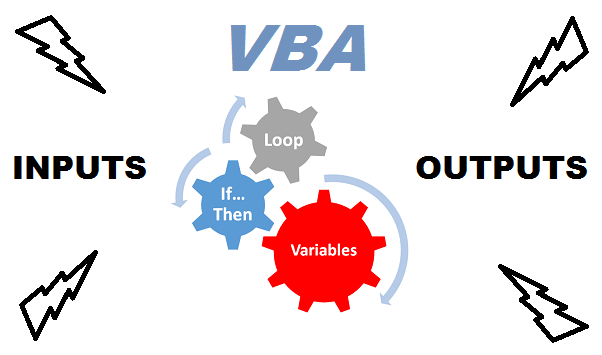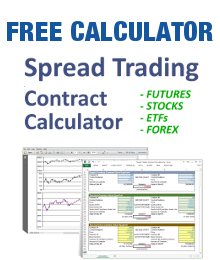The next step is to automate your Excel trading model with VBA code.
Microsoft’s Visual Basic Language (VBA) code can take your clunky Excel workbook and turbocharge it into a lightning fast trading model.
NOTE: If you think VBA programming is too complicated DON’T WORRY – just keep reading. There’s an easy solution for you at the end of this how to guide…
VBA is an object-oriented language that is easy to learn, given some effort. For people who are already familiar with C++, C# or Java programming, VBA is a relatively simple add on to your knowledge toolbox. For people who watch in wonder as programmers automate complex processes, VBA is your entry into massively increased productivity and new levels of analysis you didn’t think were possible.
The key VBA concepts you need to employ when building an automated Excel trading model are:
- Code Projects
- Variables
- Functions
- Objects
- Visual Basic Libraries
- Debugging
- If-Then-Else
- For-Next Loops
- While
- Cases
- Arrays
- Controls
You have two options if you want to learn VBA.
The first option is to take a few online Excel VBA courses like the ones here.
The second option is to learn only what you need for building Excel trading models from other people that have perfected this skill. If option #2 is for you, then keep going…
Now that you understand (at a high level) what VBA is all about and how you can automate your trading model in Excel, continue on to Step 7 >










